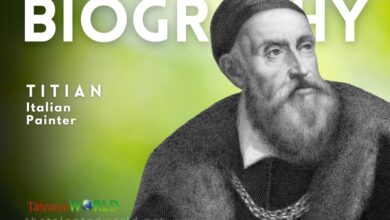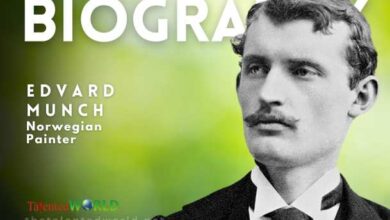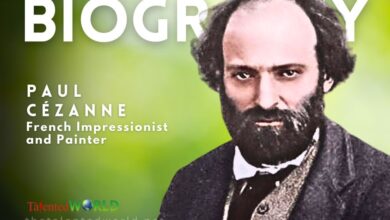| Full Name | Gian Lorenzo Bernini |
| Birth | December 7, 1598, Naples, Kingdom of Naples |
| Death | November 28, 1680 (aged 81), Rome, Papal States |
| Known For | Sculpture, painting, architecture |
| Notable Works | David, Apollo and Daphne, The Rape of Proserpina, Ecstasy of Saint Teresa |
| Art Movement | Baroque style |
| Patrons | Cardinal Scipione Borghese |
| Other Roles | Painter, playwright, director, set designer |
| Early Recognition | Recognized as a prodigy at the age of 8, received early encouragement from his father Pietro Bernini |
| Family Background | Son of Neapolitan Angelica Galante and Mannerist sculptor Pietro Bernini, originally from Florence |
| Major Contributions | Developed the Baroque style of sculpture, integrated sculpture, painting, and architecture into a unified visual art form |
| Architectural Works | Designed secular buildings, churches, chapels, public squares, elaborate public fountains, funerary monuments, temporary structures |
| Technical Skills | Known for technical versatility, compositional inventiveness, and skill in manipulating marble |
| Notable Influence | Often compared to Michelangelo, considered a major influence on European sculpture |
| Theater Involvement | Wrote, directed, and acted in plays, designed stage sets and theatrical machinery |
| Decorative Arts | Designed various decorative art objects such as lamps, tables, mirrors, and coaches |
| Legacy | Described as the first pan-European sculptor with an identifiable style and powerful influence |
| Education | Trained by his father, Pietro Bernini |





